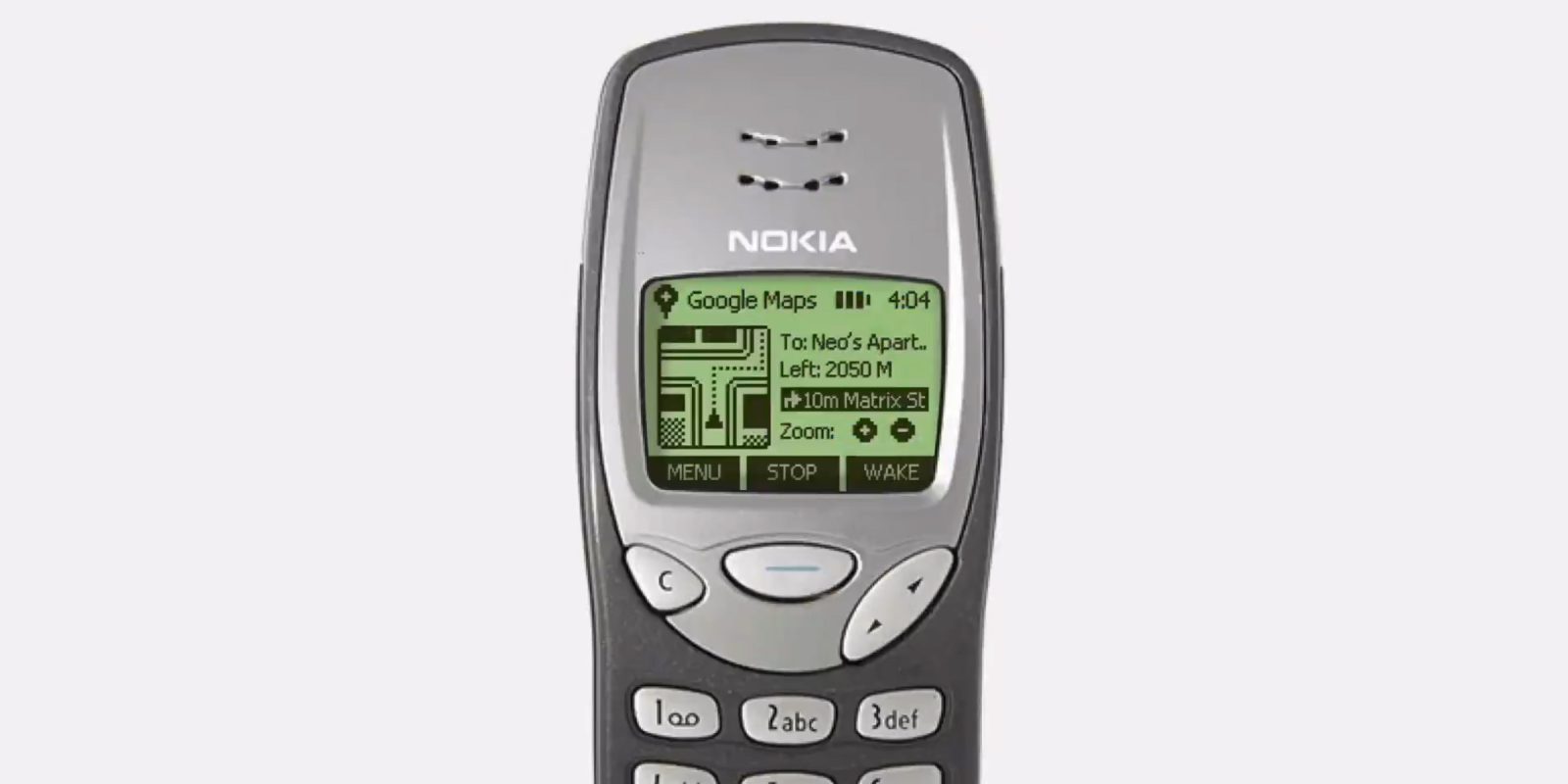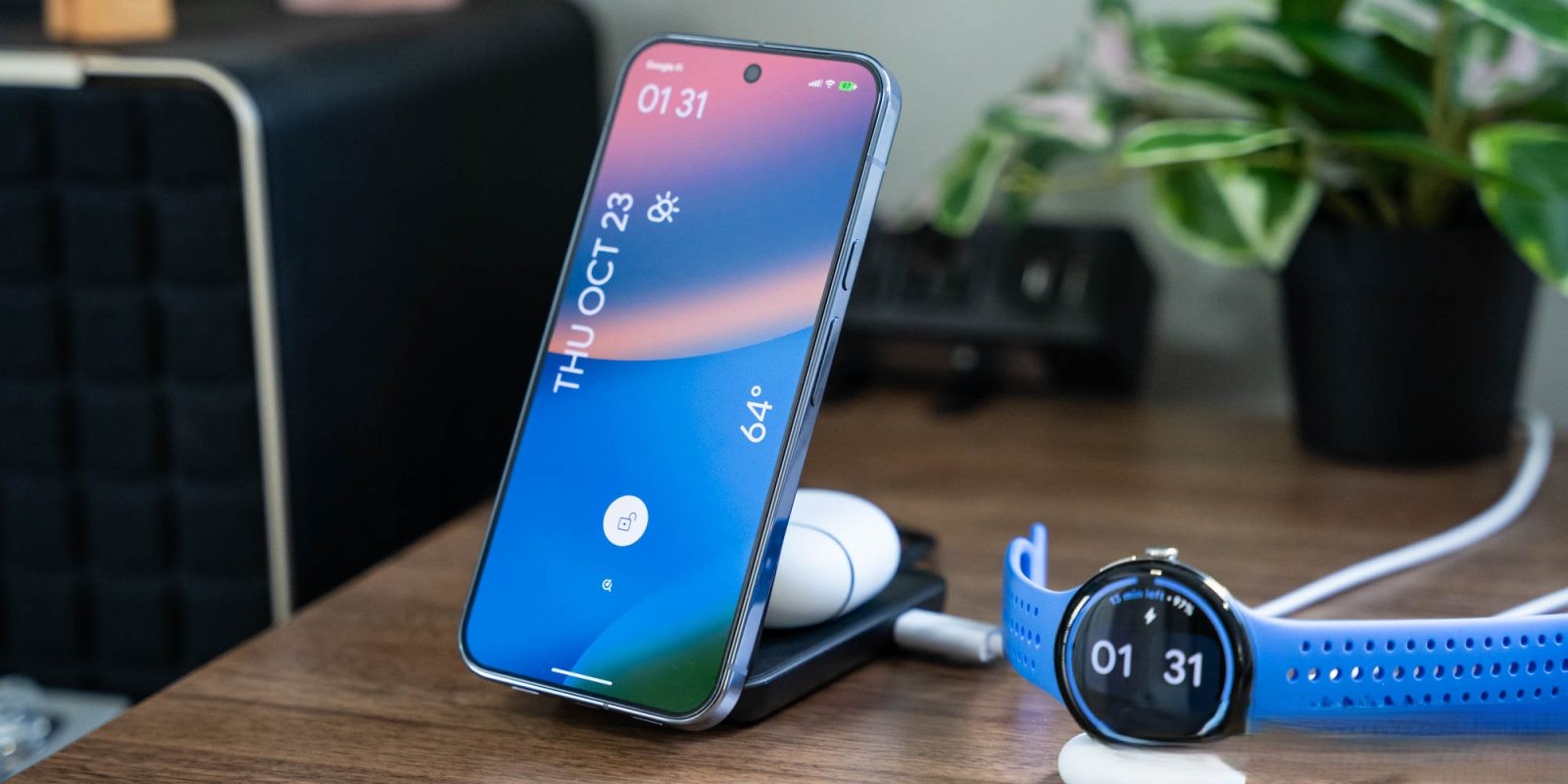Google Maps, a pivotal application in modern navigation, has been a cornerstone of digital mapping since its desktop debut in February 2005. As smartphones gained prominence, Google Maps expanded its reach, becoming an indispensable tool for users worldwide. But have you ever wondered how this revolutionary app might have appeared on the mobile devices that preceded the smartphone era?
A recent design concept offers a captivating glimpse into this hypothetical scenario. Shared on Twitter by designer Febri Walanda, the video showcases a rendition of Google Maps tailored for the Nokia 3210, a quintessential mobile phone from 1999. This device, renowned for its durability and simplicity, lacked the advanced graphical capabilities of today’s smartphones, presenting a unique challenge for such an adaptation.
In the conceptual video, the user interface is ingeniously crafted using monochromatic black dots, reflecting the pixelated displays characteristic of that era. The design includes essential navigation elements: destination input, distance indicators, active route guidance, and intuitive controls. The map itself is rendered through a matrix of simple dots, effectively conveying geographical information within the constraints of the hardware.
This creative exercise not only highlights the evolution of mobile technology but also pays homage to the ingenuity required to adapt modern applications to the limitations of past devices. It prompts reflection on how contemporary apps might have been reimagined to fit the technological landscape of the early 2000s.
The Nokia 3210, along with its successor, the 3310, holds a special place in mobile history. These devices were celebrated for their robustness and user-friendly design, becoming cultural icons in their own right. Imagining Google Maps on such a device underscores the rapid advancements in mobile technology and the increasing integration of complex software into our daily lives.
This conceptualization also invites us to consider other modern applications and how they might have been adapted for older hardware. It serves as a testament to the creativity and adaptability inherent in technological development, reminding us of the continuous journey from simple, monochromatic screens to the vibrant, multifunctional displays we now take for granted.



